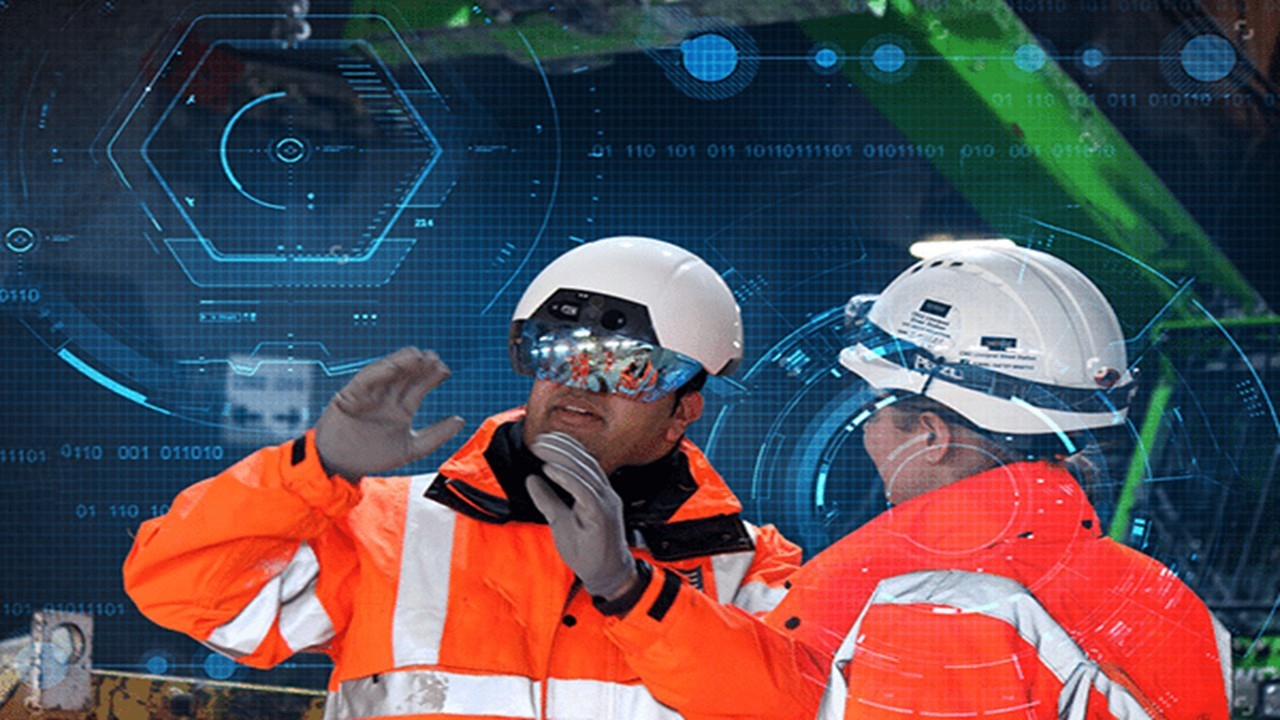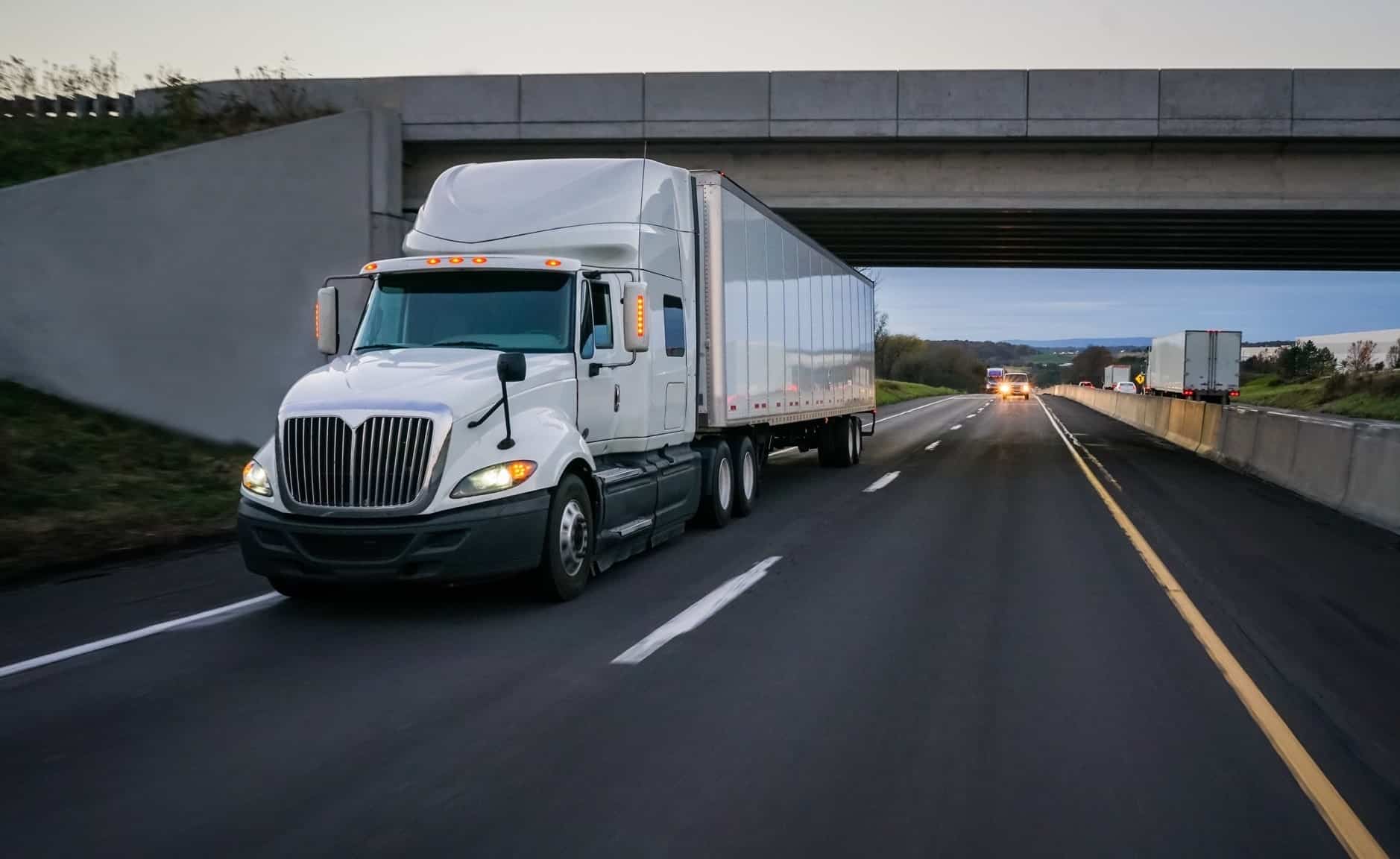Enhancing workplace safety is essential, particularly in outposts where FIFO (Fly-In, Fly-Out) employees have unique challenges. Businesses are using a range of technologies to prevent accidents, foster a culture of safety, and build safer settings.
These developments could greatly improve incident prevention, danger identification, and safety monitoring at remote locations. Here are some technologies worth booking at:
1. Drones
When fitted with cameras and sensors, unmanned aerial vehicles can perform thorough surveys of construction sites. Without compromising worker safety, they may detect possible risks, keep an eye on developments, and examine difficult-to-reach places. Drones are flexible tools that can be used to improve site oversight and reduce risks for FIFO workers.
In the event of a personal injury incident involving a FIFO worker, the footage captured by these drones could potentially be used as evidence in a fly in fly out injury claim, helping to determine the circumstances and liability surrounding the incident.
2. Wearables
Wearable technologies can help lower the frequency and severity of worker injuries. Devices that track physiological measurements can alert employees of unsafe conditions and prevent them from entering hazardous areas.
In the event of a FIFO worker sustaining an injury on the job, the data collected from these wearable devices could be crucial evidence in a fly-in fly-out injury claim, helping the worker and their work accident lawyer establish the circumstances and secure the necessary compensation and support.
3. IoT Technology
Defective equipment is one of the main reasons for industrial accidents. However, businesses can closely monitor the state of their equipment in real time by deploying sensors and IoT (Internet of Things) technologies. This enables them to identify any problems or possible breakdowns before they escalate.
Early warning signals from IoT-enabled monitoring can help businesses immediately fix equipment issues before they cause mishaps or injury to their FIFO personnel. Furthermore, the information gathered by IoT devices can assist businesses in streamlining maintenance plans, guaranteeing that their machinery is constantly operating at peak efficiency and lowering the possibility of malfunctions or failures that could jeopardize worker safety.
4. VR and AR
Virtual reality (VR) safety training can help staff members practice using tools and replicate potentially dangerous work settings. In the future, technologies like augmented reality (AR) and virtual reality (VR) may be utilized more often to assess and lower hazards before employees begin their actual work.
5. 3D Printing
By using this technology, worker efficiency and safety can be improved by creating unique tools, safety gear, and building materials that are suited to the needs of a certain project. By using 3D printing, construction businesses can ensure that their FIFO workforce has the specialized tools and equipment needed to work safely in remote settings, better meeting their unique demands and addressing the issues they confront.
Conclusion
FIFO workers face unique safety issues, and these technologies can assist organizations in improving overall productivity and efficiency, reducing accidents and injuries, and creating safer working environments. Businesses could demonstrate their dedication to employee well-being and promote a safety culture throughout their operations by investing in these tools.




